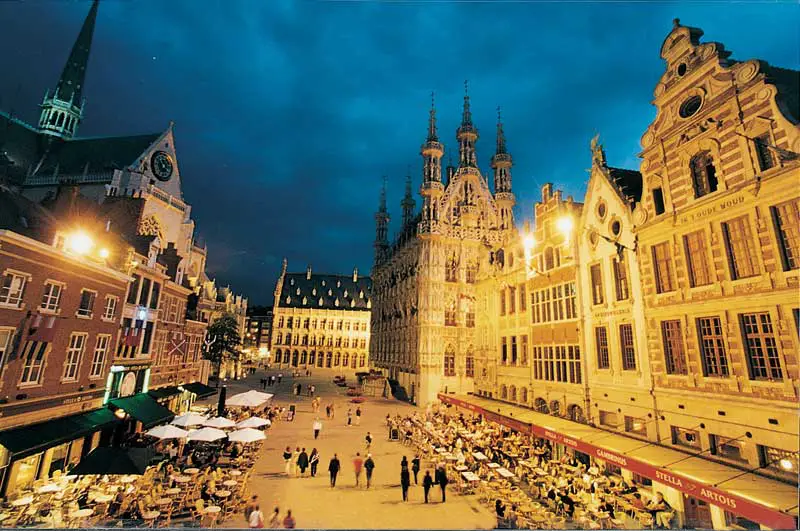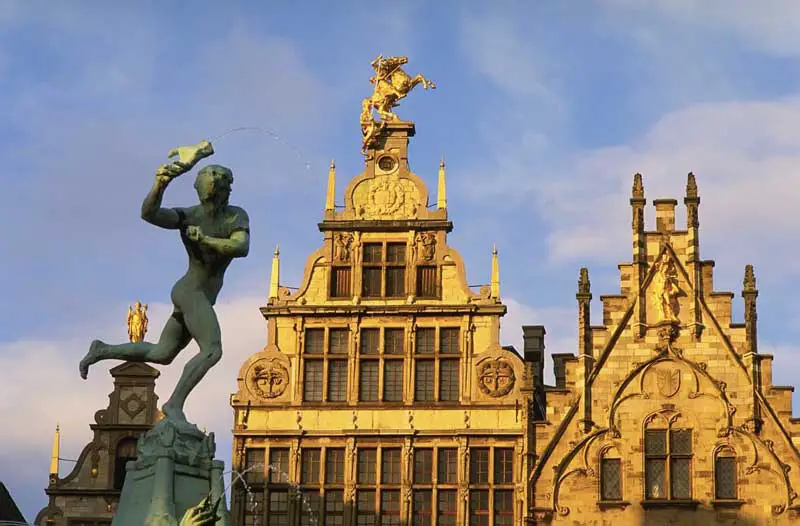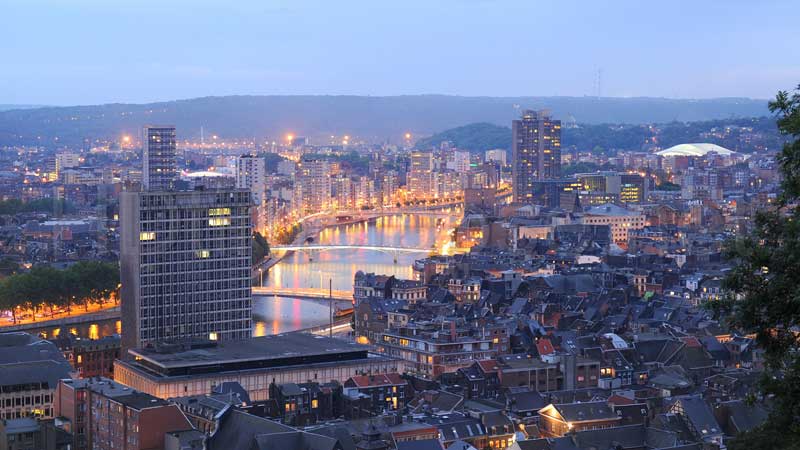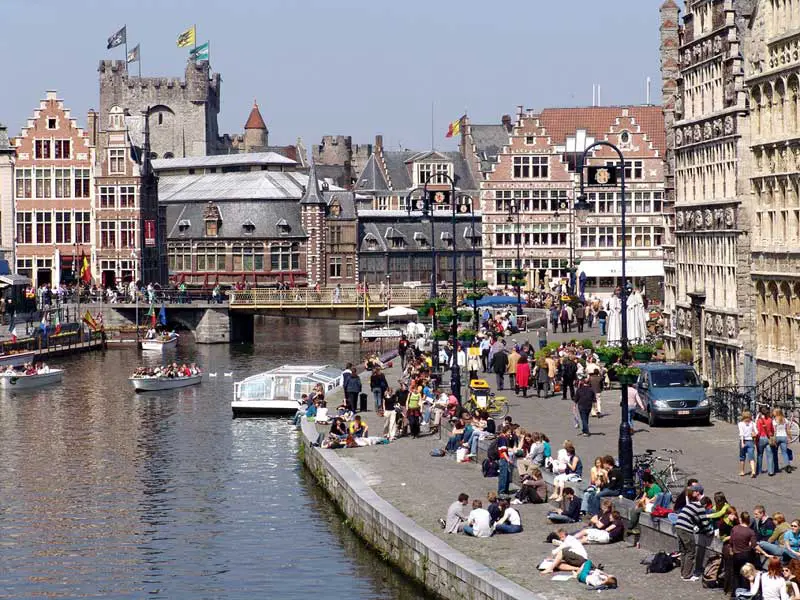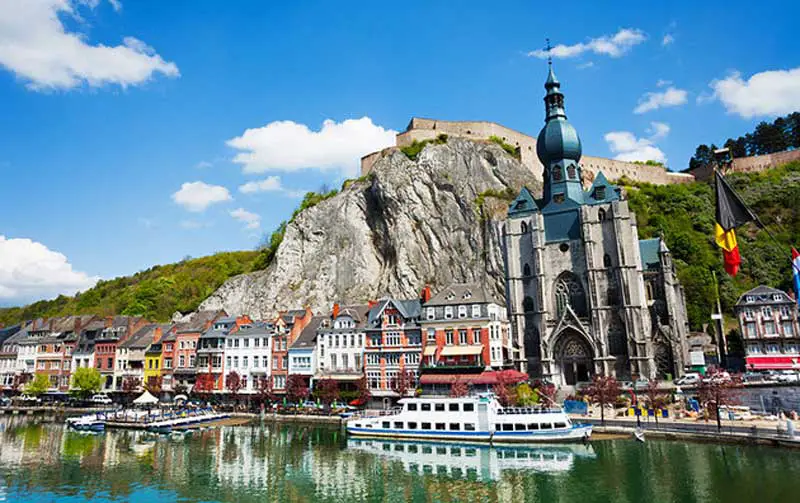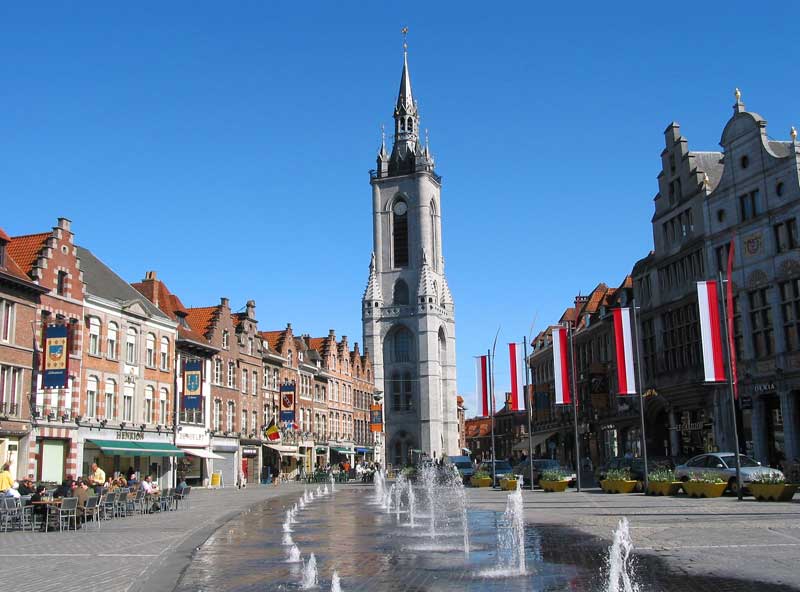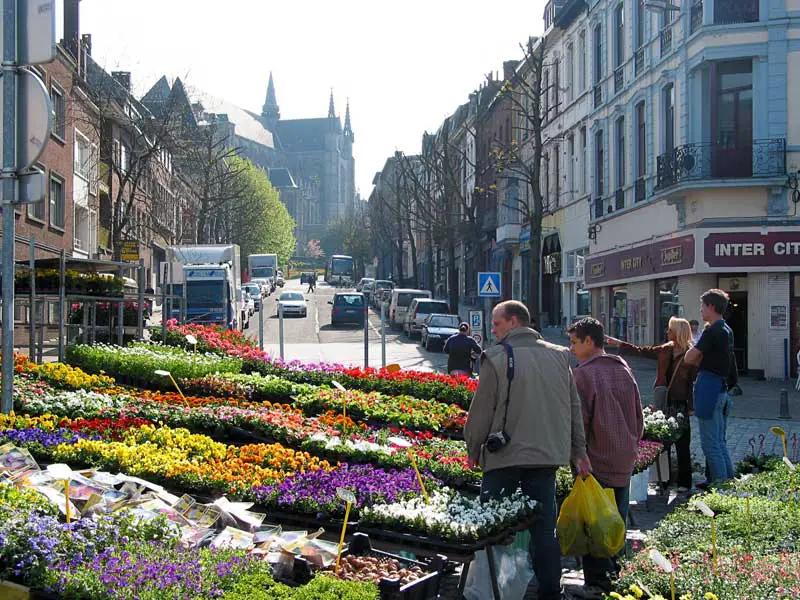About Brussels, Belguim
Brussels is a region of Belgium comprising 19 municipalities,
including the City of Brussels which is the capital of Belgium. The
Brussels-Capital Region is a part of both the French Community of
Belgium and the Flemish Community, but is separate from the region of
Flanders (in which it forms an enclave) or Wallonia. The region has a
population of 1.2 million and a metropolitan area with a population of
over 1.8 million, the largest in Belgium.
Since the end of the Second World War, Brussels has been a major centre
for international politics and has become the home of numerous
international organizations, politicians, diplomats and civil
servants.[13] Brussels is the de facto capital of the European Union as
it hosts a number of principal EU institutions (the other
administrative centres are Luxembourg and Strasbourg). The secretariat
of the Benelux and the headquarters of the North Atlantic Treaty
Organization (NATO) are also located in Brussels.
Plan and Book:



Overview
Brussels is a fabulous gateway to the charm and sophistication of
European culture. There is a tremendous amount of great activities to
engage in, and so many glorious sights and sounds that your senses will
be inundated with beauty and wonder. When you eat out in Brussels you
are in for a real treat. This region may be famous for its Belgian
waffles and scrumptious chocolate, but there are many more delicacies
that you are sure to enjoy. The museums are splendid, and the nightlife
is sensational. The abundance of bars and nightclubs will impress even
the most seasoned European traveller.
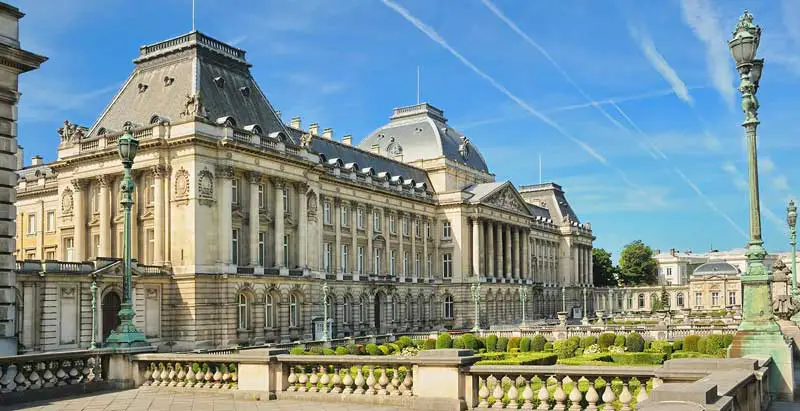
The region seems like a mixture of numerous cultures, and the citizens
are open-minded and quite helpful when you approach them with questions
about where should you go, what should you do, and where can you eat
well while not spending the remainder of your pocket money. The
prosperity and popularity of Brussels has fluctuated over the decades,
but ever since the Universal Exposition and World’s Fair were held here
in 1958, the region has seen a lot more tourism. In the mid-to-late
1800s, Brussels was an outrageously dynamic city, full of life and
exploding with charm. As a result, the area was frequently visited, but
Brussels was tainted by the two World Wars.
The Germans inhabited the area and virtually ruined the import, export,
and tourism of the city. They resided in Brussels for months at a time,
and the powerless Belgian government was forced to watch its most
beloved city decline at a horrendous rate. Brussels has made a mighty
comeback since 1958, and in the last forty-plus years, it has been a
huge draw with world travelers. Tourism is at an all-time high, and
everyone who visits is incredibly eager to come back soon. While it may
be true that the city is somewhat difficult to navigate, you are
certain to have a lot of fun trying to get around! The city is safe,
and exploring it is a lovely experience.
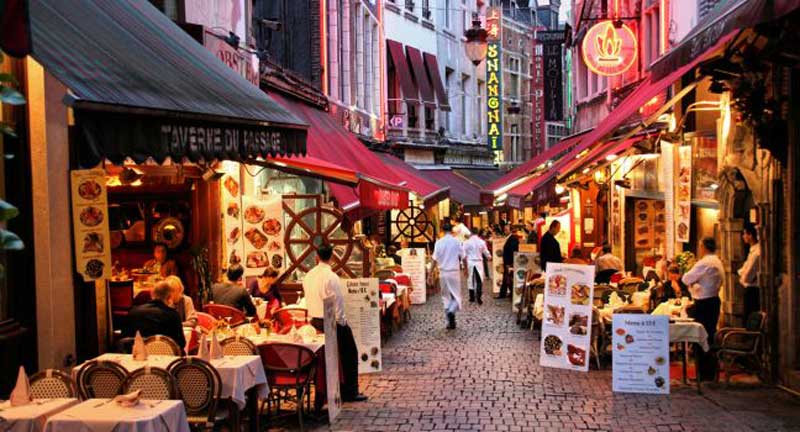
Attractions and Activities
Brussels City Tour: Witness some of the finest examples of gothic
architecture in Belgium as you explore the Grand Place, a World
Heritage Site and St. Michael’s Cathedral. See the splendid Art Nouveau
house, and visit the imposing European Union buildings housing the
Commission, the European Parliament, and the Council of Ministers.
Tour of Waterloo Battlefields: After exploring the Napoleonic period at
the Royal Military Museum, head through Brussels’ elegant suburbs and
the Soignes Forest to the Waterloo battlefields.
Hop-on, Hop-off Tour of Brussels: Discover why Brussels is fondly known
as the Pearl of the North. Enjoy mussels and a cold beer in the shadow
of 17th-century guild houses, marvel at gems of the Flemish
Renaissance, and amble around La Grand Place. You won’t be able to
resist the chocolate shops!
Surrounding Area
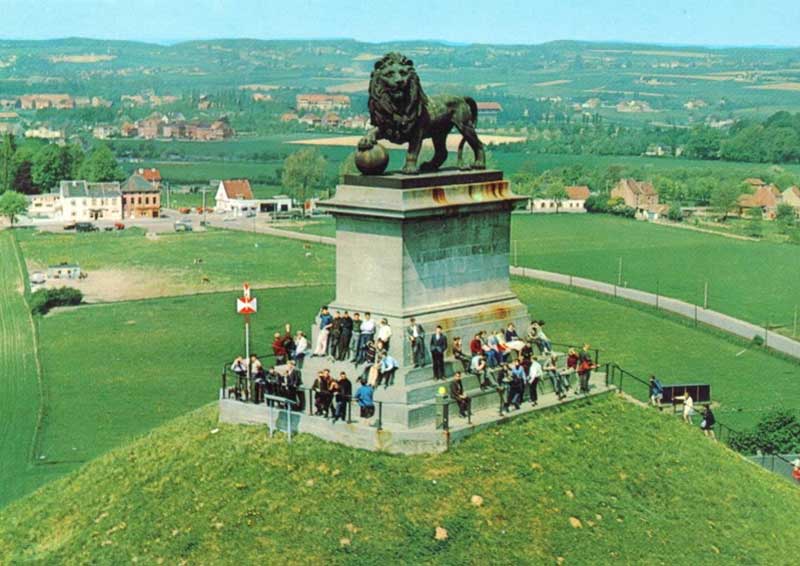
Waterloo
Yes, this is the actual Waterloo, the place after which all others
Waterloos are named, the one that inspired all those songs about being
cut down in your prime, the location of the actual battlefield where
Napoleon lost his final battle. Visitors can see the battlefield
exactly like it was on 18th June 1815 when Wellington faced Napoleon
for an ultimate battle that changed Europe’s face forever. The Lion’s
Mound is an artificial hill of 43 metres high with a statue of a lion
on top, roaring southwards in the direction of France. It can be
climbed by stairs and offers a splendid view over the whole
battlefield.
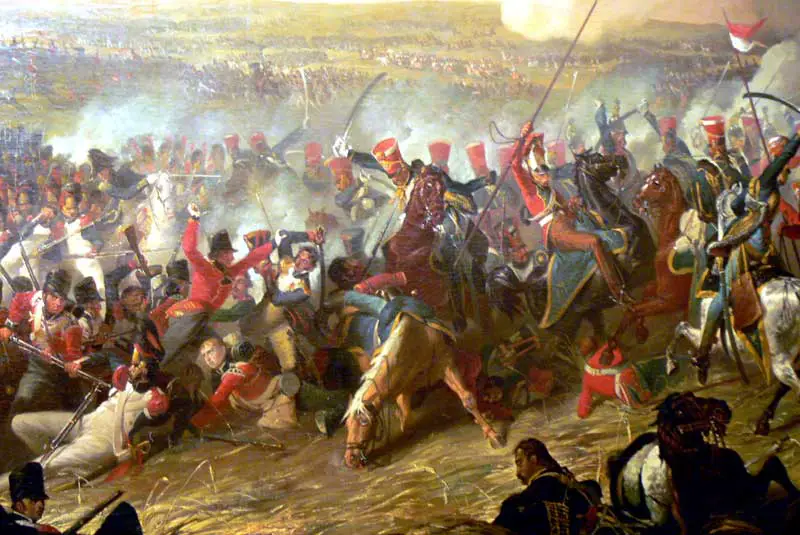
The name of the battlefield is taken from the nearby historic town of
Waterloo in the Walloon province of Walloon Brabant in Belgium (15 km
South of Brussels). Waterloo is a multilingual town; the commune offers
services in French, Dutch, and English. A little known fact about
Waterloo is that it is home to the European headquarters of MasterCard
International. Further South, don’t miss the Abbey of Villers-la-Ville.
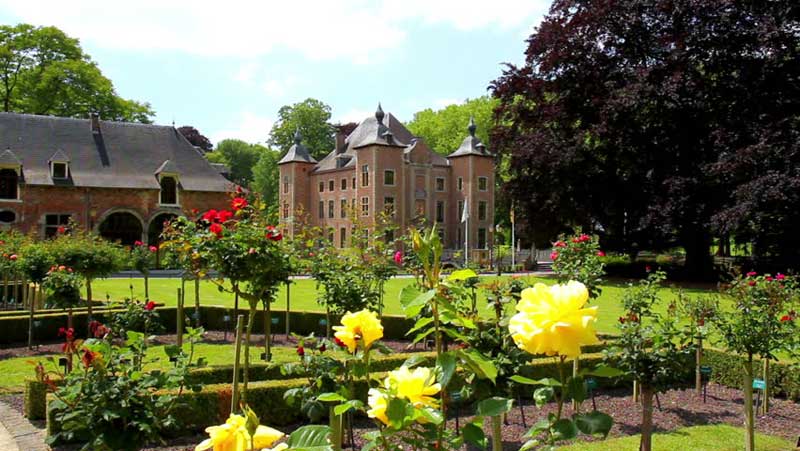
Sint-Pieters-Leeuw
Sint-Pieters-Leeuw, a semi-rural city in the western part of
Flanders, is 10 km South of Brussels. It is a typical old town with the
houses in a circle around the church, which dates back to sixteenth
century. Coloma castle and park with roses from all over the world can
be found in the centre of the town. Discover the Zuunvallei,
Volsembroek, a nature reserve comprised of a meadow and swampland that
for about six months during the winter is largely underwater and a stop
or wintering area for migratory water birds (observation post
available). In summer the area is extensively grazed by a small herd of
galloway cattle. Information panels in Dutch at the entrances. It is
located on the left bank of the brook Zuunbeek.
From Sint-Pieters-Leeuw, you can visit the following sites, all within 10 km / 25 km (Waterloo) drive or bus from town.
Halle (not to be confused with Halle, Germany) — with a beautiful church and a grand place.
Lennik — better known by its beautiful castle and the park of Gaasbeek.
Beersel — with its beautifull castle and also old paper mill Herisem in Alsemberg.
Waterloo — battlefield
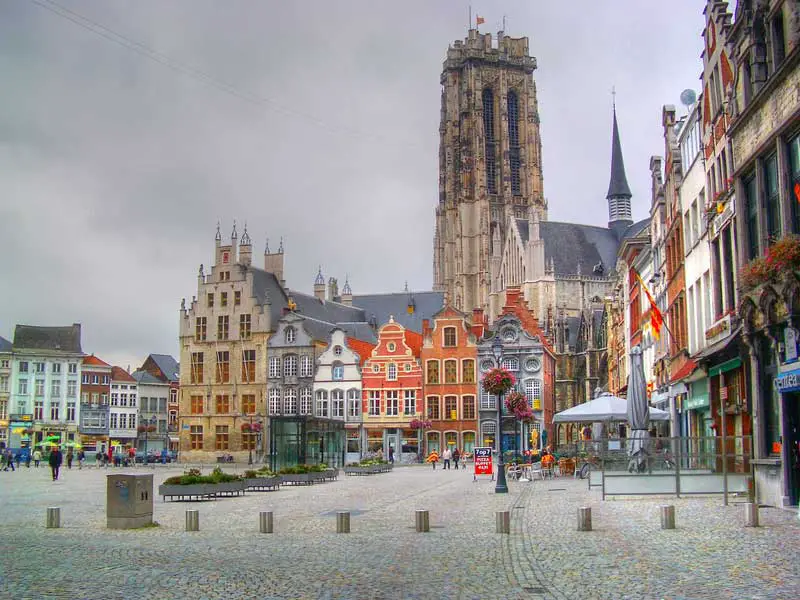
Mechelen
Mechelen is a historically important city located on the river Dyle
in the center of Flanders, one of the three regions in Belgium. It lies
about halfway between Antwerp and Brussels and has approximately 80,000
inhabitants. Though now in the shadow of Brussels, Mechelen is a
historically important city in its own right. It was famous for its
wood carvings, some of which can still be seen in the churches of the
city, and for lace and tapestry manufacture. Mechelen’s carillon school
is world-renowned, training students from all over the world in the art
of playing carillons, sets of 24 or more bells hung in church towers.
Shops downtown are often housed in buildings with the old-style Flemish
architecture, but offer edgy fashions sure to appeal to the younger
generation. Mechelen is about 35 km NE of Brussels.
Design by W3layouts

